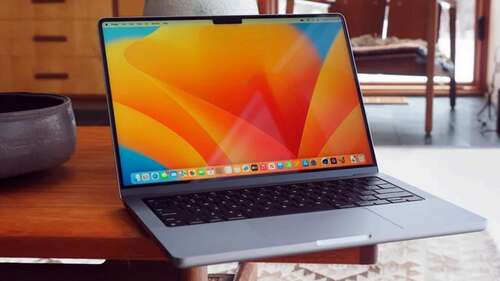
To make MacBooks thinner and lighter, Apple has soldered various components directly onto the logic board, including RAM and other storage. While this may enhance the device’s sleek profile, it effectively eliminates the possibility for users to upgrade these components themselves. When a MacBook’s performance needs a boost, many users have little choice but to buy a new device, contributing to electronic waste.
Another significant piece of the upgrade troubles comes down to Apple’s proprietary Silicon Chips, as there is simply no upgrading between generations of Apple Silicon. If, for example, the jump from M1 to M2 is vital for you, the purchase of a brand-new MacBook becomes a necessity to get that upgrade.
The lack of upgradability in MacBooks is a significant concern for environmentally conscious consumers. Electronic waste is more important than most people realize, and laptops that are not designed for user-driven upgrades contribute to the issue. Sustainable ownership, which involves extending a device’s lifespan through upgrades, becomes a challenging endeavor with MacBooks.
The restricted upgradability of these devices is a critical consideration for potential owners. For those who prioritize the flexibility to tailor their laptops to their evolving needs or seek to minimize their environmental footprint, the MacBook’s design philosophy may present a significant hurdle.

